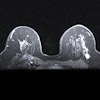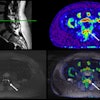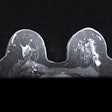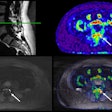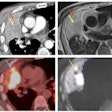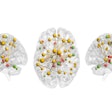SINGAPORE – Technologist inexperience leads to MRI accidents caused by bringing ferromagnetic objects into the imaging suite, according to research presented at the International Society for Magnetic Resonance in Medicine (ISMRM) meeting May 3.
A group led by Miho Uemura, PhD, of Sapporo Medical University Hospital in Japan found that half of reports describing MRI accidents were submitted by technologists with less than a year of MR imaging experience.
"In order to prevent … accidents [caused by] ferromagnetic objects, it is important to understand the causes of such incidents and the characteristics of our own facilities," he and colleagues noted.
There's no doubt that bringing ferromagnetic objects to the MRI room can carry serious consequences, the group stressed.
"According to Heinrich's law, for every serious accident, 29 minor accidents and 300 errors occur," it wrote. "Thus, understanding the current situation is necessary to prevent accidents … [and] learning from past incidents and sharing information will help prevent recurrence."
Uemura's team analyzed incident reports from between January 2012 and December 2021, identifying 26 related to ferromagnetic objects in the MRI room. The group investigated the frequency of bringing ferromagnetic objects into the suite (that is, the number of these items brought in relative to the number of exams per year), technologist MRI experience in years, time of occurrence, types of ferromagnetic objects (i.e., S-shaped hooks, tracheotomy tubes, pedometers, glucose meters, cell phones, watches, wallets, canes, glasses cases, keys), and why they were brought into the MRI room.
The investigators found the following:
- Half of the 26 reports were from technologists with less than a year of MRI experience.
- The objects most frequently brought into the MRI room were S-shaped hooks and self-monitoring blood glucose meters.
| Number of ferromagnetic objects brought in by years of technologist MRI experience | |
|---|---|
| Years of experience | Number of cases |
| Within 1 year | 11 |
| 2 and 3 years | 5 |
| More than 4 years | 6 |
"[We hope that] sharing this survey will lead to the prevention of similar incidents," Uemura and colleagues concluded.
